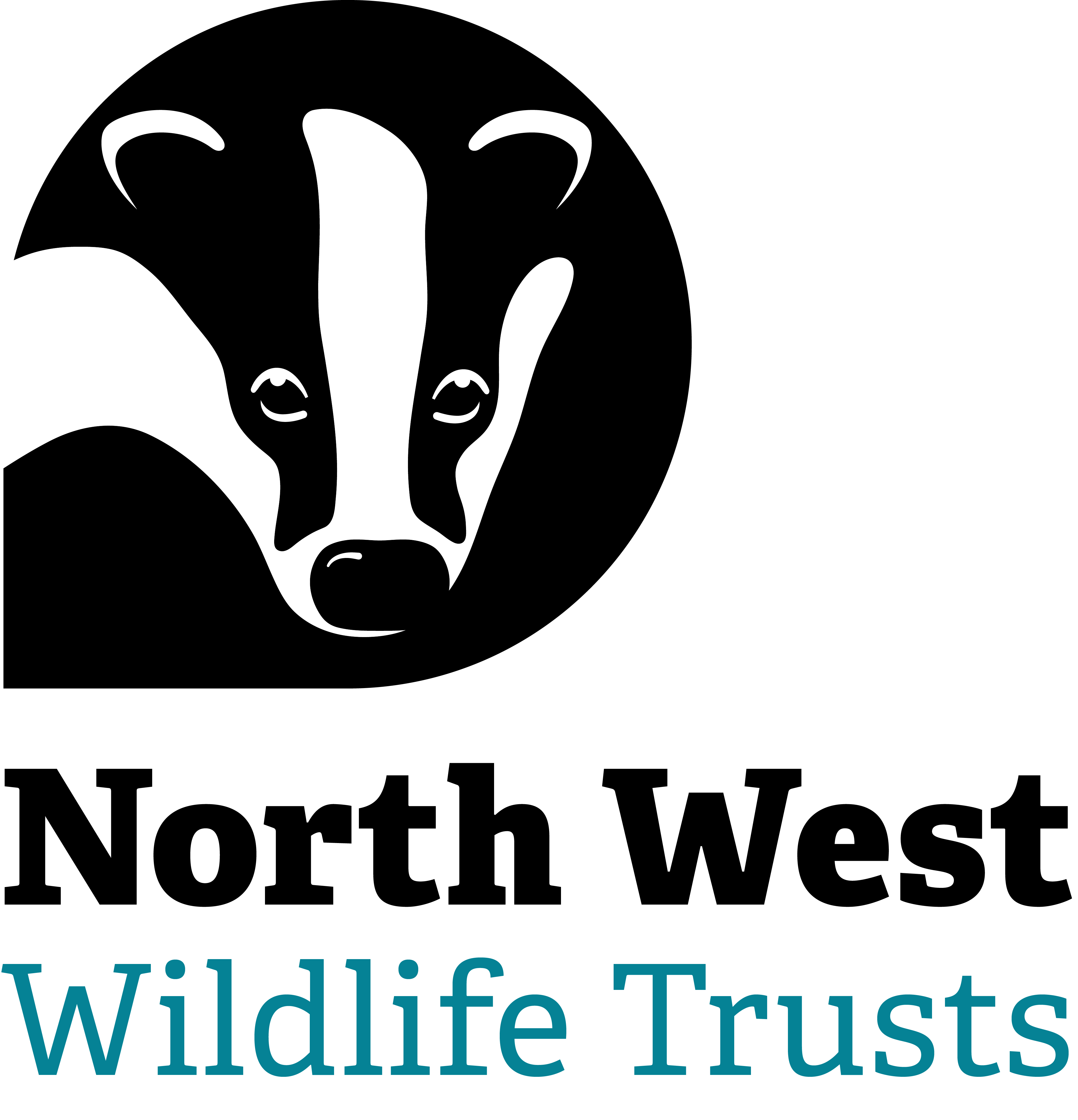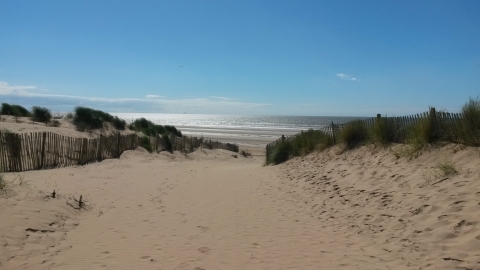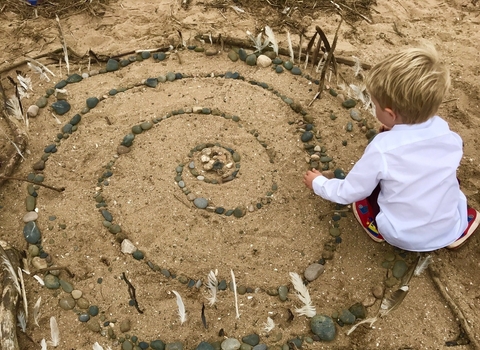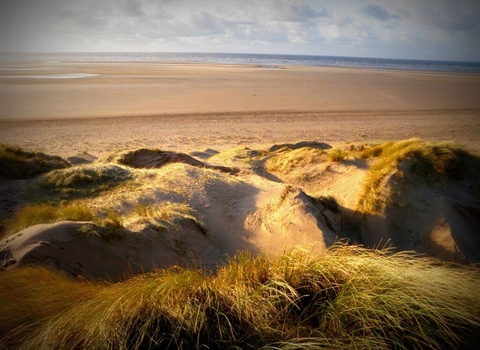Know before you go
Dogs
Dogs welcome but must be kept on leads. There is a dog exercise area.
When to visit
Opening times
All year roundBest time to visit
April to SeptemberAbout the reserve
What makes Formby so special?
Shipwrecks off the coast at Formby Point tell moving stories about the area's maritime history. Visiting the Ionic Star involves a 1 kilometre walk. This wreck is a skeletal series of rusty and blackened outcrops and is the most complete of the wrecks visible from the coast. It ran aground in 1939. Although, super-saturated sinking sand is not a problem on this part of the Sefton Coast, the incoming tide and its accompanying eddies and gullies are still treacherous and the correct timing for visiting the wrecks is of paramount importance.
The coast here is undergoing erosion and the tides often reveal prehistoric mud layers from 8000 to 5000 years ago, some of which contain the footprints of humans, animals (such as red deer, roe deer, wild boar, wolf and aurochs) and birds (oystercatcher, crane and other waders).
The Sefton Coast is one of the few places in Britain with such extensive natural sand dunes and sand dune succession. This makes for a very specialized area and with it comes highly adapted plants and animals. Over the spring and summer months around twenty different species of butterflies can be seen out of the sixty six or so which are seen as British. A wide range of moths are also found; look out for the spectacular Emperor Sturnia pavonia.
There are miles of walks through pine forests and a red squirrel reserve. Rabbits and foxes are also common. In spring around the dunes marram grass and ponds the male natterjack toads sing their mating song to attract mates.
What to do
Why not come along to have a walk and look at the vast array of wildlife the beach has to offer? The high dunes afford excellent views across the Irish Sea and on clear days, even the mountains of Cumbria can be seen. Or take a walk out to the shipwrecks off Formby point, taking care of the tide times.



